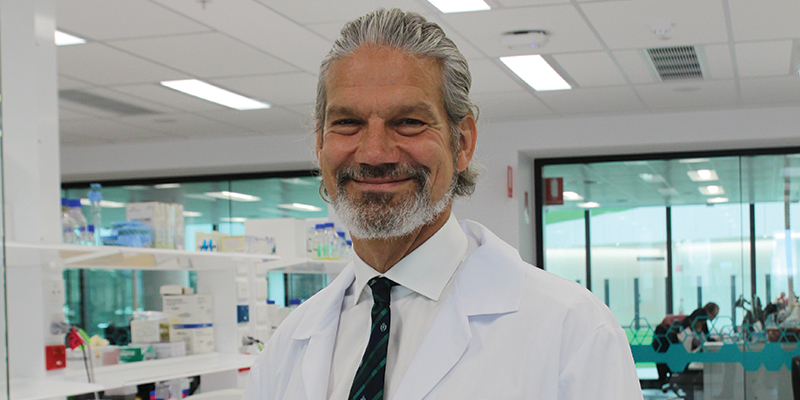Search
Research
Converting the maybes: Crucial for a successful COVID-19 vaccination strategyBroad community acceptance of a COVID-19 vaccination will be critical for effectively halting the spread of the virus. In this study, we focus on factors that differentiate those who are undecided from those who are either willing or unwilling to accept a prospective COVID-19 vaccine. An online survey in May 2020 assessed Australian adults' willingness to receive a COVID-19 vaccine (yes, maybe, no). A multinomial logistical regression of responses (N = 1,313) was used to identify correlates of vaccine willingness between the three groups.
Research
Poor treatment outcomes of children on highly active antiretroviral therapy: protocol for a systematic review and meta-analysisWhile access to highly active antiretroviral therapy (HAART) for children with HIV has expanded and the use of HAART has substantially reduced the morbidity and mortality of children due to HIV, poor treatment outcomes among children with HIV are still a major public health problem globally. The aim of this systematic review and meta-analysis is to quantify treatment outcomes among children with HIV.
Research
SMART Work Design: Accelerating the Diagnosis of Rare Diseases in the Western Australian Undiagnosed Diseases ProgramThe accurate and efficient diagnosis of rare diseases, many of which include congenital anomalies, depends largely on the specialists who diagnose them - including their ability to work alongside specialists from other fields and to take full advantage of cutting-edge precision medicine technologies and precision public health approaches.
Research
Whole-cell pertussis vaccine in early infancy for the prevention of allergyThis is a protocol for a Cochrane Review (intervention). The objectives were to assess the efficacy and safety of whole‐cell pertussis (wP) vaccinations in comparison to acellular pertussis (aP) vaccinations in early infancy for the prevention of atopic diseases in children.
Research
Global molecular diversity of RSV – the “INFORM RSV” studyRespiratory syncytial virus (RSV) is a global cause of severe respiratory morbidity and mortality in infants. While preventive and therapeutic interventions are being developed, including antivirals, vaccines and monoclonal antibodies, little is known about the global molecular epidemiology of RSV. INFORM is a prospective, multicenter, global clinical study performed by ReSViNET to investigate the worldwide molecular diversity of RSV isolates collected from children less than 5 years of age.

News & Events
Major funding aims to improve skin cancer outcomes for young Aboriginal peopleVital research promoting sun smart choices and skin cancer prevention for young Aboriginal people is now underway at The Kids Research Institute Australia thanks to a $100,000 Perpetual 2024 IMPACT Philanthropy grant.

News & Events
The Kids researchers granted $5 million to prevent RHD across PacificA team led by Dr Joseph Kado from the Wesfarmers Centre of Vaccines and Infectious Diseases, based at The Kids Research Institute Australia, and The University of Western Australia (UWA) has been awarded $5 million by the Federal Government in a major push to prevent rheumatic heart disease across the Pacific.

News & Events
Driving a vaccine revolutionThe Kids Research Institute Australia is now part of an ambitious, yet achievable, global bid to produce such one-shot vaccines.
We are evaluating new vaccines for a range of diseases including influenza, pneumococcal, meningococcal and common infections such as otitis media (glue ear).
The study aims to determine whether an RSV vaccine given to pregnant women during the third trimester can protect newborn babies from RSV infections.
